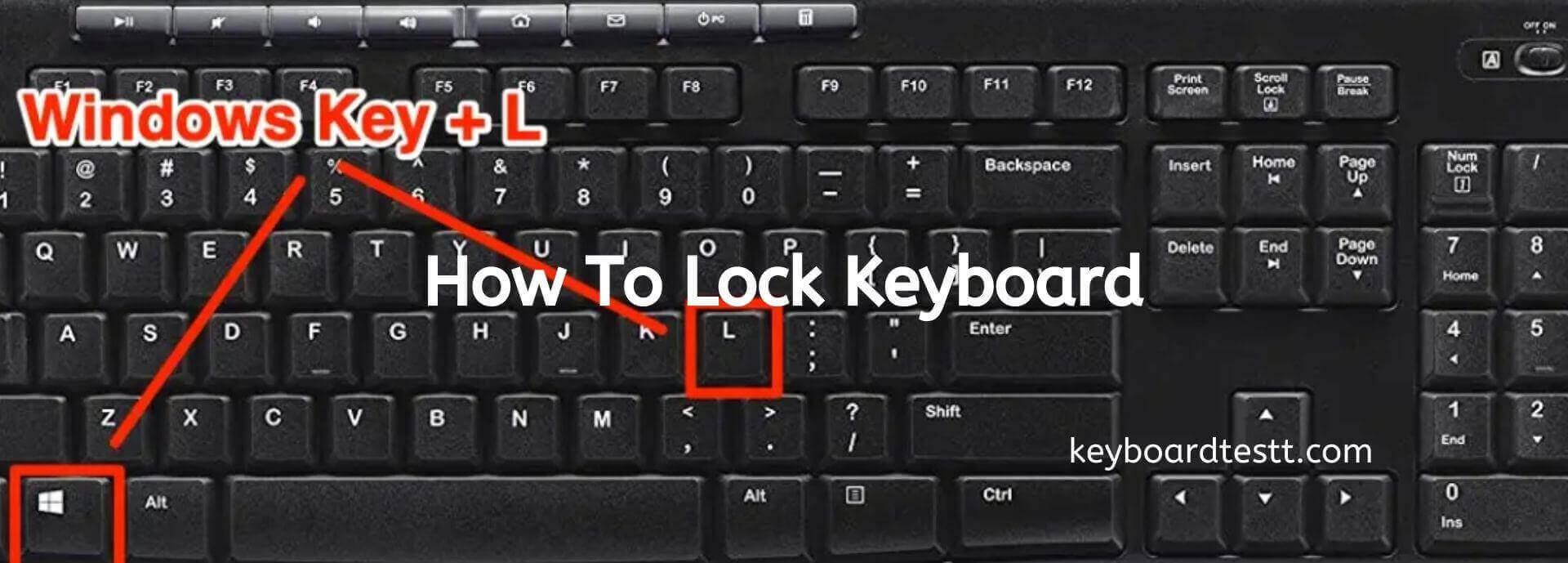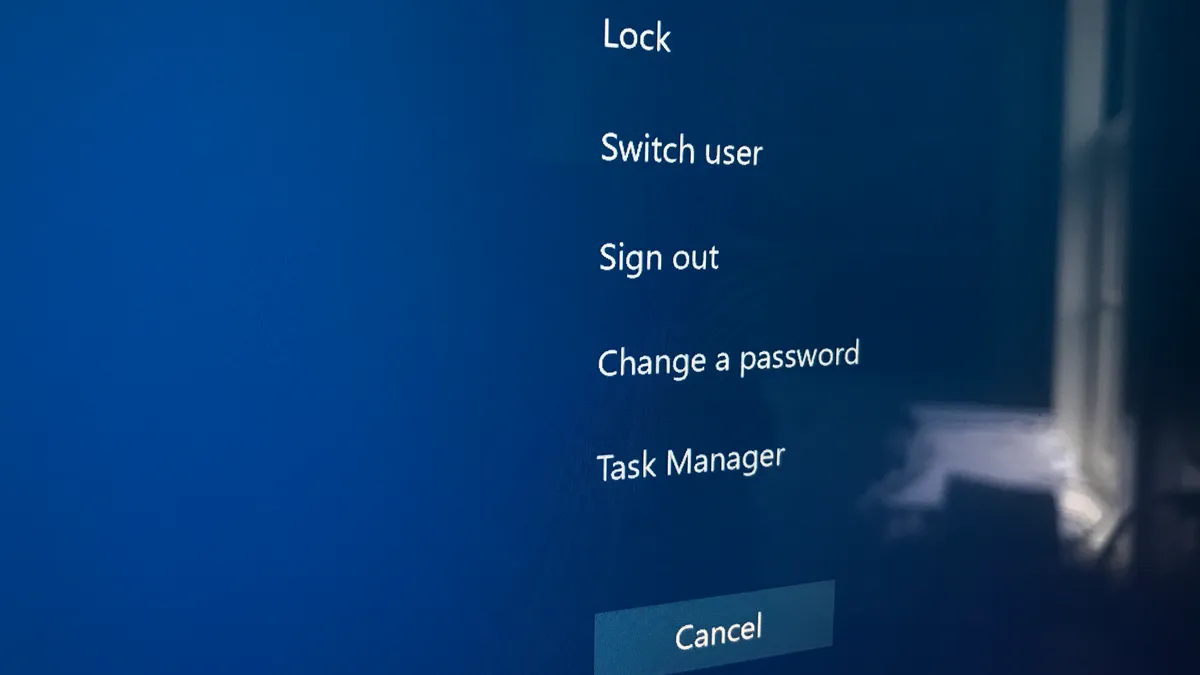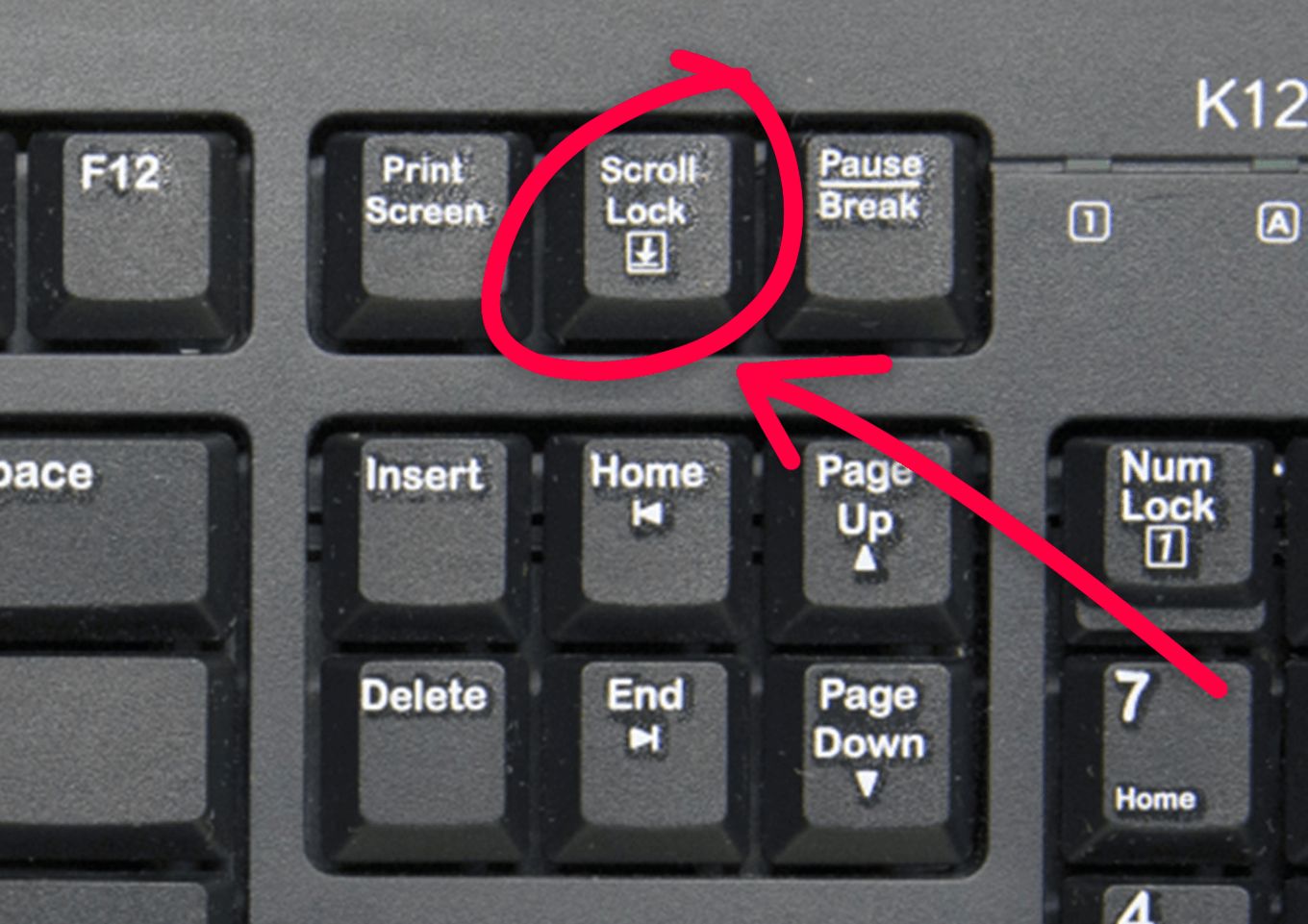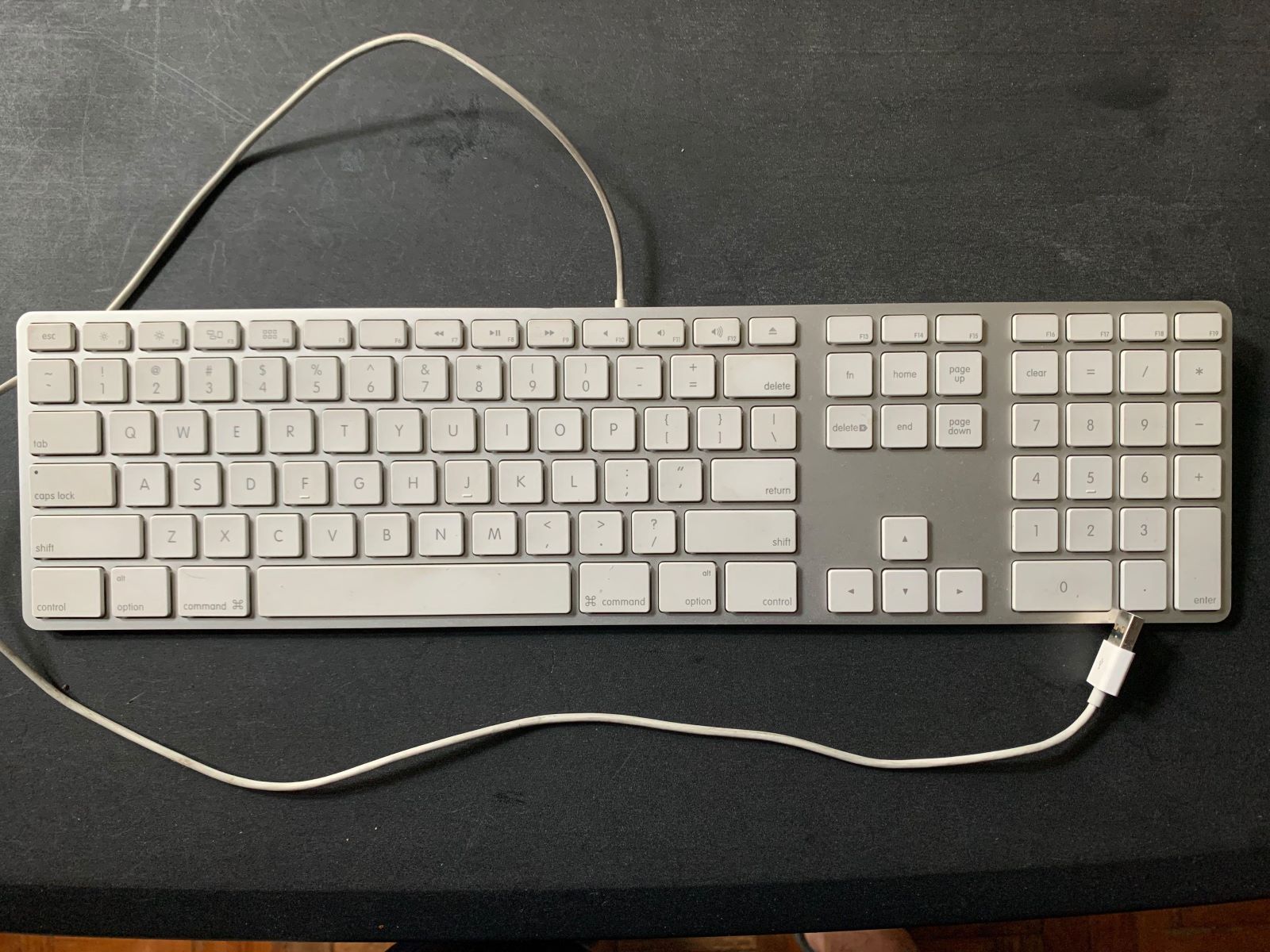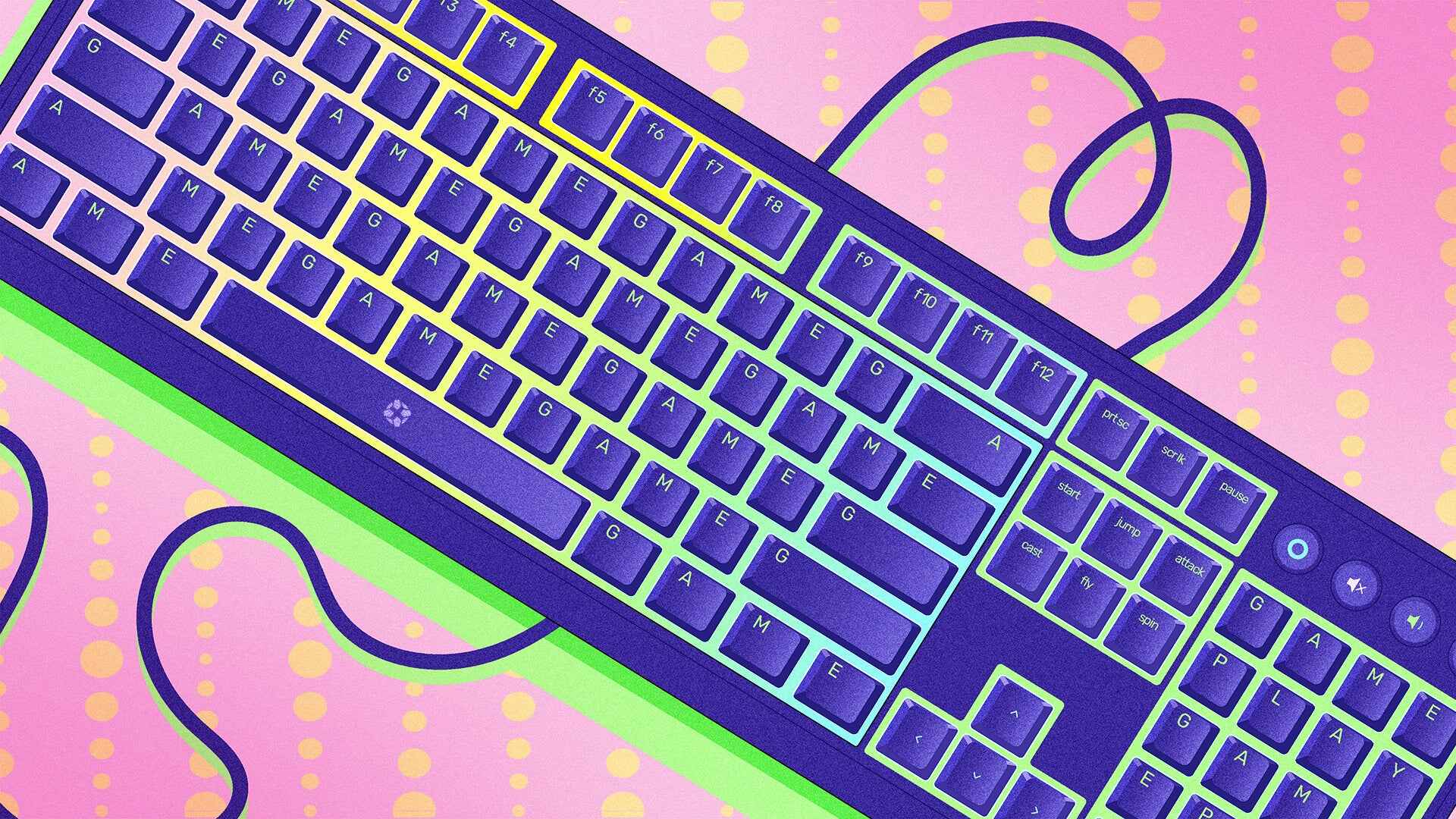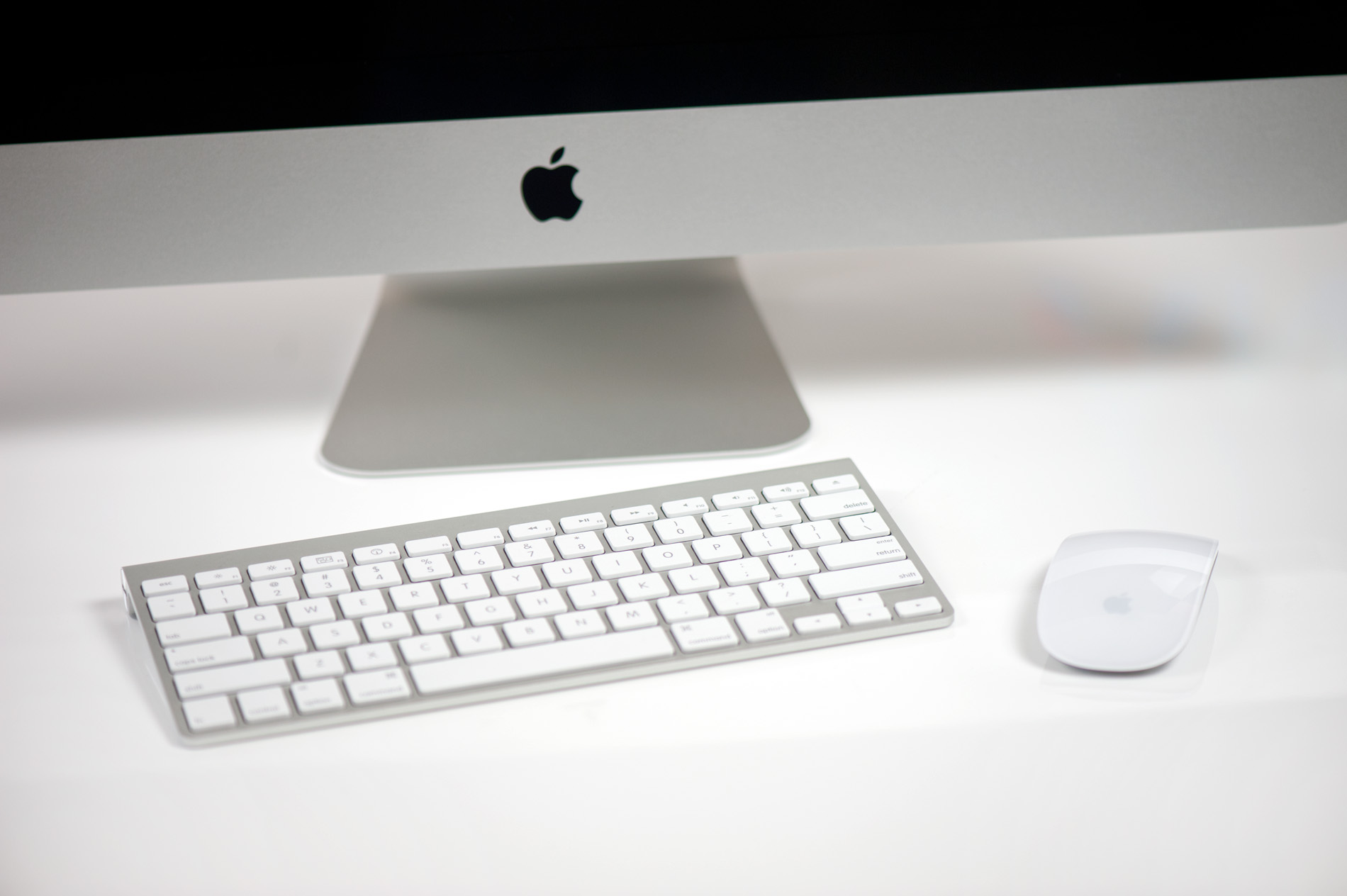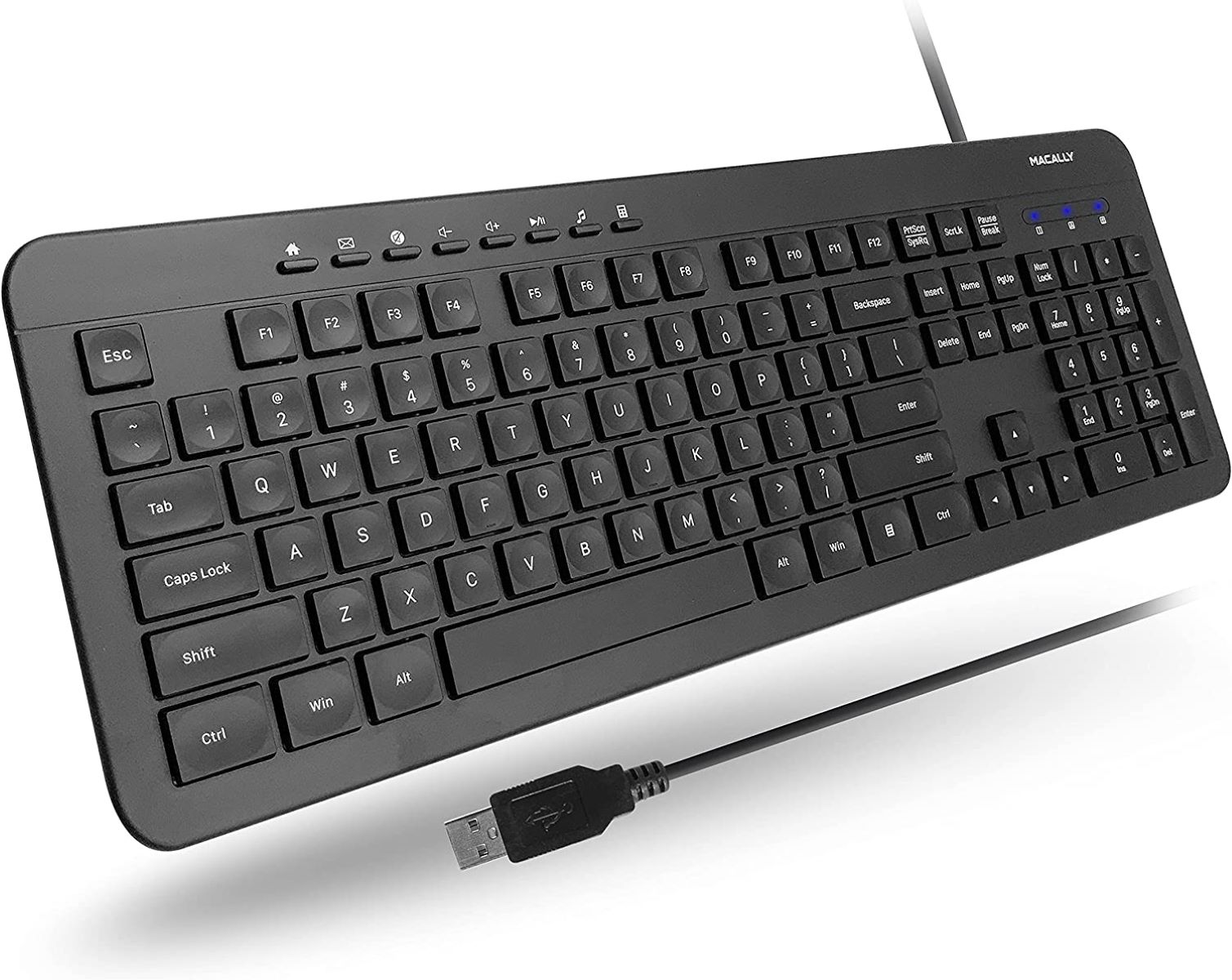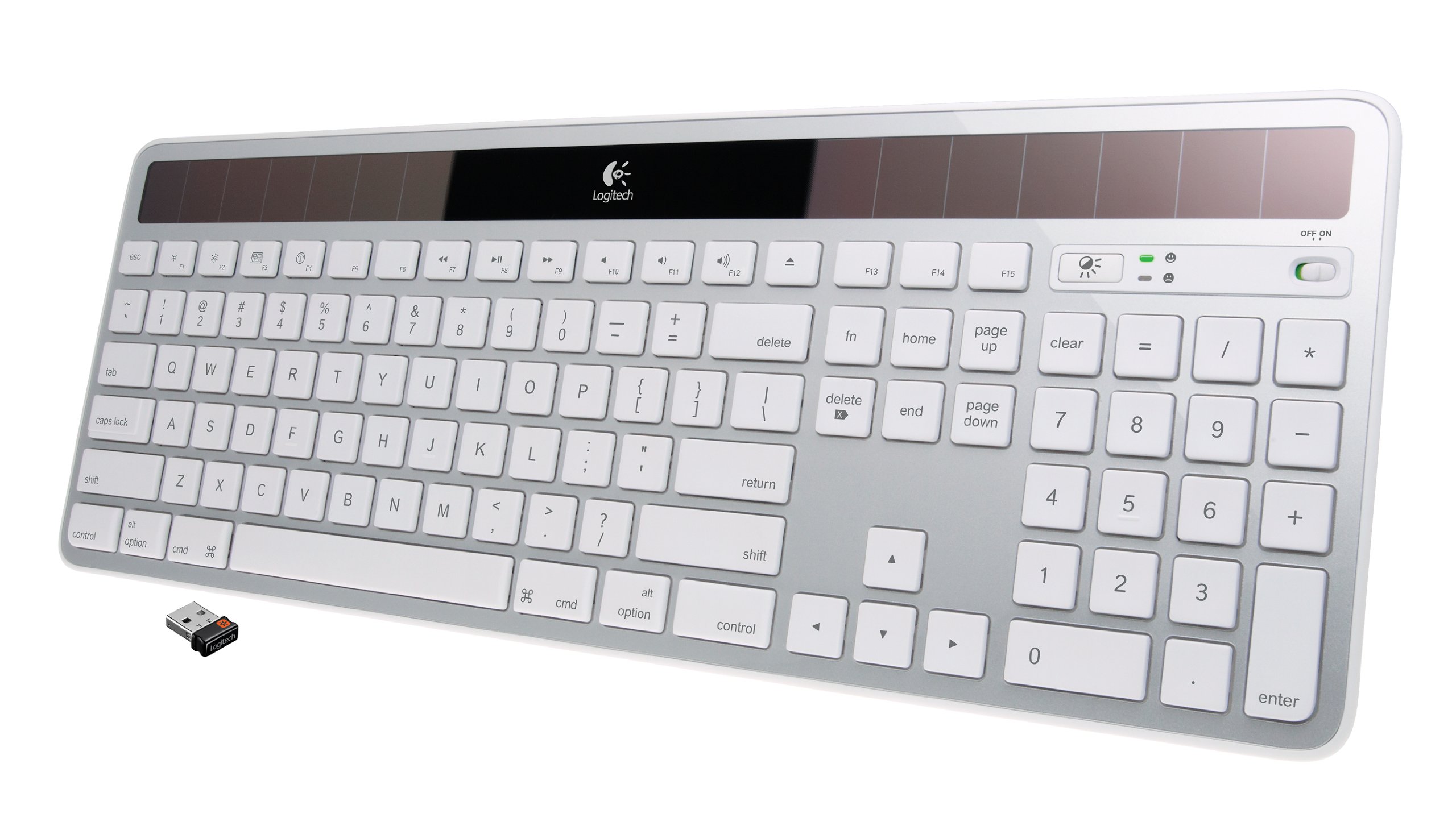Introduction
Locking your PC when you step away from it is an essential practice to protect your privacy and ensure the security of your data. While you can manually lock your PC by pressing Ctrl + Alt + Del and selecting the Lock option, there are more efficient methods that allow you to lock your PC with just a few keystrokes or even a desktop shortcut. In this article, we will explore various options to lock your PC quickly and conveniently using just your keyboard.
Whether you want to safeguard your confidential work documents or prevent unauthorized access to your personal files, these methods will make it easy for you to lock your PC in a matter of seconds. From built-in Windows features to third-party software, there are several options available to suit your preferences and requirements.
We will begin by exploring the simplest method, which involves using a combination of keys on your keyboard. If you prefer a more visual approach, we will also cover how to create a desktop shortcut to lock your PC. Furthermore, we will introduce you to keyboard shortcut apps that can make locking your PC even more effortless. For those looking for an automated solution, the AutoLock feature will be discussed, as well as the option to use third-party software.
By the end of this article, you will have a selection of methods at your disposal to choose the one that best suits your workflow and security needs. Let’s dive in and discover how to lock your PC with just the power of your keyboard.
Option 1: Using Windows Key + L
One of the easiest ways to lock your PC with just your keyboard is by using a simple keyboard shortcut: Windows key + L. When you press the Windows key, typically located on the bottom left of your keyboard, along with the letter L, your PC will instantly lock and require a password to gain access again.
This method works on most Windows operating systems and requires no additional configuration. It is a built-in feature that provides a quick and efficient way to lock your PC when you need to step away. Whether you’re working in an office or a public space, utilizing the Windows key + L shortcut ensures that your PC remains secure and your data protected.
To use this method, simply press and hold the Windows key, located between the Ctrl and Alt keys, and simultaneously press the letter L. You will immediately be presented with the lock screen, prompting you to enter your password when you’re ready to resume your work. It’s a simple yet effective way to keep your computer secure without any extra steps or software.
Remember to use this keyboard combination whenever you step away from your PC, even for a short period. It’s a good practice to lock your computer every time you leave it unattended, as it helps prevent unauthorized access and protects your sensitive information.
Using the Windows key + L shortcut is a reliable and convenient method for locking your PC with just your keyboard. It’s incredibly simple to use and requires no additional software or configuration. Get into the habit of utilizing this keyboard shortcut to keep your data safe and your computer secure.
Option 2: Creating a Desktop Shortcut
If you prefer a more visual approach or want a quicker way to lock your PC without using keyboard shortcuts, creating a desktop shortcut can be a convenient solution. By double-clicking on the shortcut icon, you can lock your PC in seconds, adding an extra layer of security to your computer.
To create a desktop shortcut to lock your PC, follow these steps:
- Right-click on an empty space on your desktop.
- Navigate to “New” and select “Shortcut”.
- In the location field, enter the following command:
rundll32.exe user32.dll,LockWorkStation - Click “Next” and provide a name for your shortcut (e.g., “Lock PC“).
- Click “Finish” to create the shortcut.
Once the shortcut is created, you can double-click on the icon to lock your PC instantly. This method provides a visual cue that your PC is locked and requires a password to regain access. It’s a straightforward process that does not require any additional software or configuration.
In addition to the desktop, you can also create a shortcut in other locations, such as your taskbar or Start menu, for even quicker access. Just right-click on the shortcut, go to “Pin to Taskbar” or “Pin to Start”, and it will be readily available for you to lock your PC with a single click.
The ability to create a desktop shortcut for locking your PC gives you the flexibility to lock your computer with minimal effort. It’s especially useful for those who prefer visual feedback or need to quickly secure their PC when stepping away from their workspace. Incorporate this method into your routine to enhance the overall security and privacy of your computer.
Option 3: Using a Keyboard Shortcut App
If you find yourself frequently locking and unlocking your PC and desire a more customizable and streamlined experience, using a keyboard shortcut app can be an excellent solution. These apps allow you to assign custom keyboard shortcuts to various actions, including locking your PC, making the process even more efficient and personalized.
There are several keyboard shortcut apps available, both free and paid, that offer a wide range of features and customization options. One popular example is AutoHotkey, a powerful scripting language that lets you automate tasks and create keyboard shortcuts for various functions, including locking your PC.
To use AutoHotkey to create a keyboard shortcut for locking your PC, follow these steps:
- Download and install AutoHotkey from the official website, https://www.autohotkey.com/.
- Create a new AutoHotkey script by right-clicking on your desktop or in the desired folder, going to “New”, and selecting “AutoHotkey Script”.
- Open the script in a text editor and add the following line:
^!l::Run rundll32.exe user32.dll,LockWorkStation. This assigns the keyboard shortcut Ctrl + Alt + L to lock your PC. - Save the script and double-click on it to run. AutoHotkey will now be active, and your keyboard shortcut will be ready to use.
With AutoHotkey running and your keyboard shortcut assigned, you can now effortlessly lock your PC by pressing Ctrl + Alt + L. Feel free to adjust the keyboard shortcut to your preference by modifying the line in the script – just make sure to follow the syntax correctly.
Keyboard shortcut apps like AutoHotkey offer a high level of customization, allowing you to create unique shortcuts for locking your PC and other actions. Explore the app’s features to further tailor the experience to your needs, such as launching certain applications or executing specific commands with the press of a keyboard combination.
By using a keyboard shortcut app, you can streamline the process of locking your PC and customize the experience to your liking. Experiment with different apps and find the one that suits your preferences, making locking your PC effortlessly convenient and tailored to your workflow.
Option 4: AutoLock
For those who want a more automated approach to lock their PC without manual intervention, AutoLock is a handy feature that can be enabled to automatically lock your PC after a defined period of inactivity. This eliminates the need to remember to lock your PC every time you step away, providing an additional layer of security and convenience.
AutoLock is a built-in feature in some versions of the Windows operating system, such as Windows 10 Pro and Enterprise. To enable AutoLock, follow these steps:
- Open the Start menu and click on the gear icon to launch the Settings app.
- In the Settings app, select “Accounts” or “Accounts & Sign-in” (depending on your version of Windows).
- Click on “Sign-in options” in the left sidebar.
- Scroll down to the “Dynamic lock” section.
- Check the box next to “Allow Windows to automatically lock your device when you’re away” or a similar option.
Once AutoLock is enabled, your PC will automatically lock after a period of inactivity. The duration of inactivity required for AutoLock to activate can be adjusted by adjusting your PC’s power settings. By default, Windows sets the time interval to 5 minutes, but you can modify it to your desired preference.
AutoLock is a great option for users who often forget to manually lock their PC or want an extra layer of security. It ensures that your PC is always locked when you’re not using it, protecting your sensitive information from unauthorized access. Just remember to disable AutoLock or adjust the power settings if you’re experiencing frequent lockouts due to short periods of inactivity.
Keep in mind that AutoLock is only available in specific versions of Windows, so it may not be accessible to all users. If your version of Windows does not have this feature, you can explore alternative solutions, such as using third-party software or utilizing keyboard shortcuts, as discussed in the previous sections.
AutoLock is a convenient built-in feature that offers an automated approach to locking your PC after a period of inactivity. It provides peace of mind and adds an extra layer of security, ensuring that your PC remains locked when not in use.
Option 5: Using a Third-Party Software
If you’re looking for more advanced features and customization options beyond what the built-in Windows options offer, using a third-party software solution can be a great choice. There are numerous third-party software programs available that provide enhanced PC locking capabilities, allowing you to tailor the lock behavior to your specific preferences.
One popular third-party software for PC locking is “Lock PC” by XYZ Software. This software offers a user-friendly interface and a wide range of features to streamline the locking process. Some key features offered by Lock PC include customizable keyboard shortcuts, hotkey combinations, and even the ability to set a timer to automatically lock your PC after a certain period of time.
To use a third-party software like Lock PC, simply download and install it from the official website or reputable software platforms. Once installed, you can configure the settings according to your preferences. Set up a keyboard shortcut or hotkey combination to quickly lock your PC, define the lock timeout duration, and explore any additional features offered by the software.
One advantage of using third-party software is the ability to customize the lock experience to match your workflow. Some software programs allow you to display custom lock screens or notifications, providing a personalized touch to your PC locking process. Additionally, some advanced third-party software options offer additional security features like logging failed login attempts or capturing images of anyone attempting unauthorized access to your PC.
When selecting a third-party software for PC locking, it’s important to ensure that you download from a reputable source to avoid any potential security risks. Read reviews, check the software’s website for user testimonials, and verify that the software is compatible with your operating system and meets your specific requirements.
Using a third-party software for PC locking can offer enhanced features, customization options, and an overall improved locking experience. Explore different software options available and choose the one that best suits your needs and preferences, providing you with a secure and personalized PC locking solution.
Conclusion
Locking your PC is an essential practice to protect your privacy and keep your data secure. Fortunately, there are numerous options available to lock your PC quickly and conveniently using just your keyboard. From simple keyboard shortcuts like Windows key + L to creating desktop shortcuts or utilizing third-party software, you have a variety of methods to choose from.
Using the Windows key + L shortcut is the most straightforward option, requiring no additional configuration. It provides a quick and efficient way to lock your PC when you step away. If you prefer a more visual approach, creating a desktop shortcut allows you to lock your PC with just a double-click, adding an extra layer of security.
For those who desire more automation and customization, keyboard shortcut apps like AutoHotkey offer a convenient solution. You can assign custom keystrokes for locking your PC and other actions, tailoring the experience to your preferences. Additionally, enabling AutoLock can automatically lock your PC after a period of inactivity, providing a hassle-free security measure.
If you’re looking for advanced features and a more personalized lock experience, utilizing third-party software is the way to go. These software programs offer enhanced functionalities, such as customizable lock screens, additional security features, and enhanced customization options.
Remember to choose the method that aligns best with your workflow and security needs. Regularly locking your PC when you’re away helps prevent unauthorized access and safeguards your sensitive information. Whether you opt for the simplicity of built-in Windows features, the convenience of keyboard shortcuts, or the customization options provided by third-party software, incorporating any of these methods into your routine will enhance the security of your PC.
By implementing these PC locking methods, you can have peace of mind knowing that your personal information and data are better protected from prying eyes. Stay vigilant and make a habit of locking your PC whenever you step away, ensuring the privacy and security of your digital workspace.







